Description
Dimethyl Ether (DME): The Promising Alternative Fuel and Chemical Building Block
In a world increasingly focused on sustainable energy solutions and reducing reliance on fossil fuels, Dimethyl Ether (DME) is emerging as a versatile compound with significant potential. Often referred to as a “clean-burning fuel,” DME boasts a range of applications, from transportation fuel to aerosol propellant and even a valuable building block for the chemical industry.
What is Dimethyl Ether?
Dimethyl Ether (DME) is a colorless, non-toxic, gaseous compound with the chemical formula CH3OCH3. Structurally, it’s the simplest ether, making it relatively stable and easy to handle. At ambient conditions, it exists as a gas but can be easily liquefied under moderate pressure, making it convenient for storage and transportation.
Why the Buzz Around DME?
The growing interest in DME stems from its numerous advantages:
- Clean Burning Profile: DME boasts a significantly cleaner combustion profile compared to traditional fossil fuels like diesel. It produces virtually no particulate matter (PM) and lower levels of nitrogen oxides (NOx), contributing to improved air quality and reduced greenhouse gas emissions.
- Versatile Fuel Alternative: DME can be used as a drop-in fuel for liquefied petroleum gas (LPG) applications with minimal modifications to existing infrastructure. Furthermore, it’s being explored as a fuel for diesel engines, requiring only minor engine adjustments to optimize its performance. This makes it a viable pathway to decarbonize the transportation sector, particularly for heavy-duty vehicles and buses.
- Sustainable Production Pathways: DME can be produced from a variety of renewable resources, including biomass, biogas, and even captured CO2. This allows for the creation of a closed-loop system, minimizing its carbon footprint and promoting a circular economy. Coal gasification, while less sustainable, is also a commercially viable production route.
- Non-Ozone Depleting Aerosol Propellant: DME has replaced ozone-depleting chlorofluorocarbons (CFCs) in many aerosol applications, such as hairsprays and other personal care products. Its non-toxic nature and environmentally friendly properties make it a safe and sustainable alternative.
- Valuable Chemical Building Block: DME serves as a precursor for various chemical products, including olefins, gasoline, and acrylic acid. This opens up opportunities for utilizing DME in the production of a diverse range of materials, further contributing to its versatility.
Applications of DME:
- Transportation Fuel: As a diesel and LPG alternative, DME offers a cleaner and more sustainable option for powering vehicles. Ongoing research focuses on optimizing DME-fueled engines and developing efficient distribution infrastructure.
- Aerosol Propellant: DME is widely used as a propellant in aerosol sprays, providing a safe and environmentally responsible alternative to traditional options.
- Power Generation: DME can be used in gas turbines and fuel cells for electricity generation, offering a lower-emission alternative to fossil fuels.
- Chemical Synthesis: DME serves as a feedstock for the production of various valuable chemicals, contributing to a more sustainable chemical industry.
Challenges and Future Outlook:
Despite its potential, the widespread adoption of DME faces some challenges:
- Production Costs: The cost of producing DME from sustainable sources is currently higher compared to conventional fossil fuels. However, advancements in technology and increased economies of scale are expected to drive down production costs in the future.
- Infrastructure Development: A dedicated infrastructure for DME production, distribution, and dispensing is necessary for its widespread adoption as a transportation fuel.
- Public Awareness: Raising public awareness about the benefits of DME and its potential to contribute to a cleaner environment is crucial for fostering acceptance and demand.
Conclusion:
Dimethyl Ether (DME) represents a promising alternative to traditional fossil fuels and a valuable building block for the chemical industry. Its clean burning profile, versatile applications, and potential for sustainable production pathways position it as a key player in the transition to a cleaner and more sustainable future. Addressing the current challenges through technological advancements, infrastructure development, and public awareness campaigns will pave the way for the widespread adoption of DME and unlock its full potential. As the world continues to grapple with the impacts of climate change, DME offers a viable and promising solution to help meet our energy needs while protecting the environment.


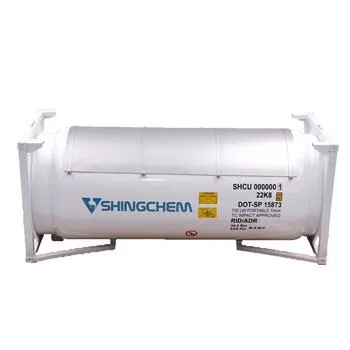
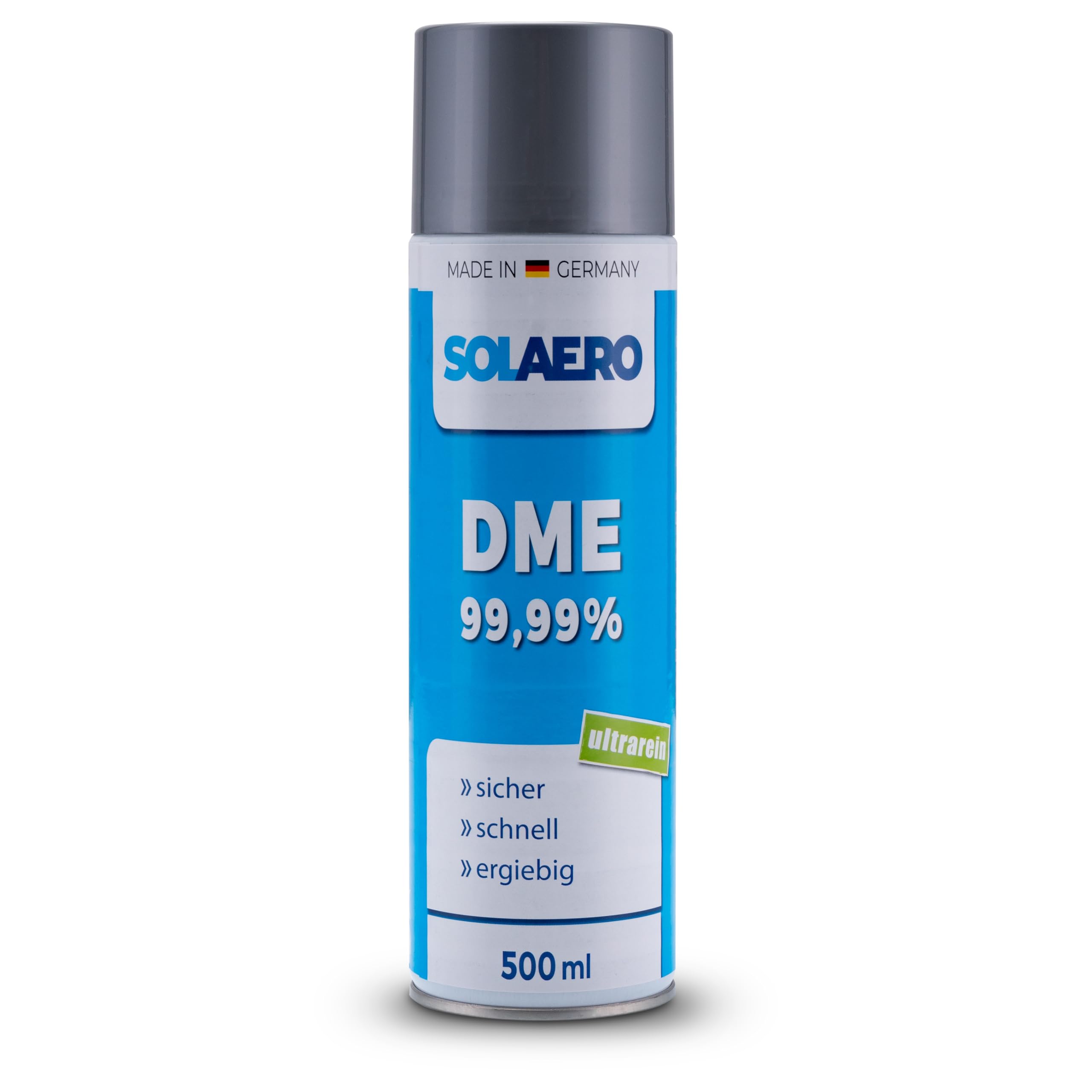



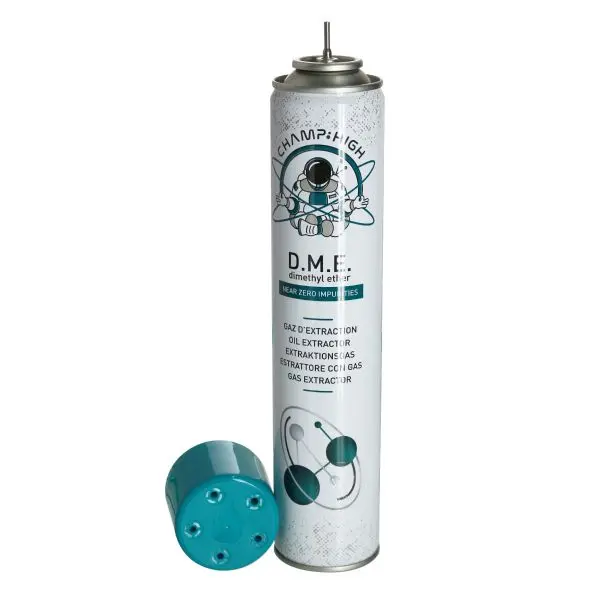






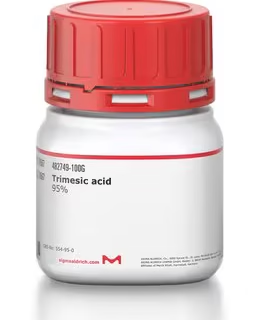

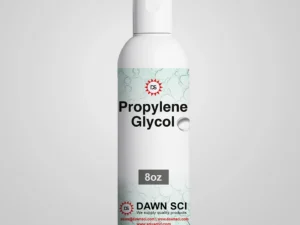
Reviews
There are no reviews yet.